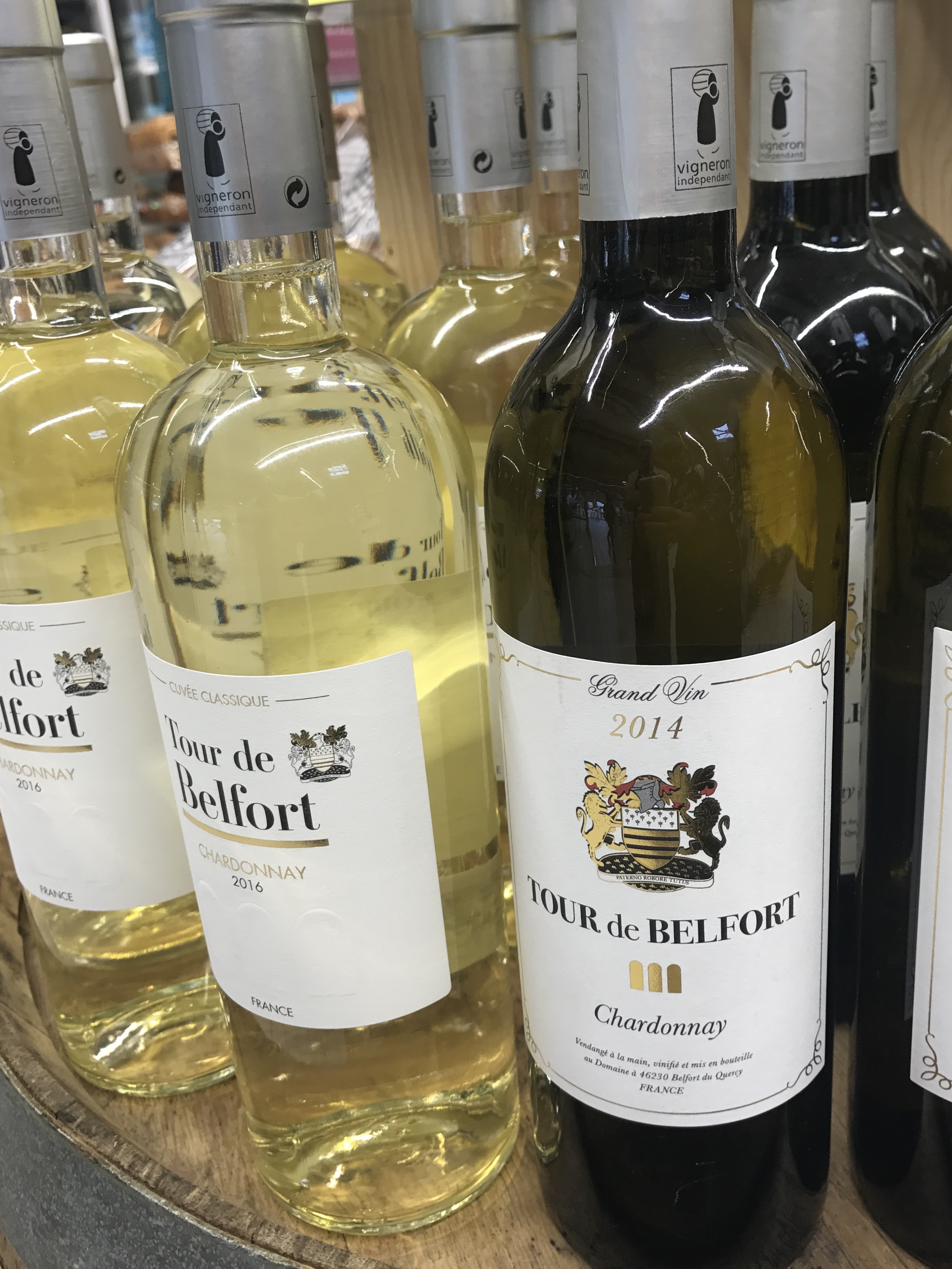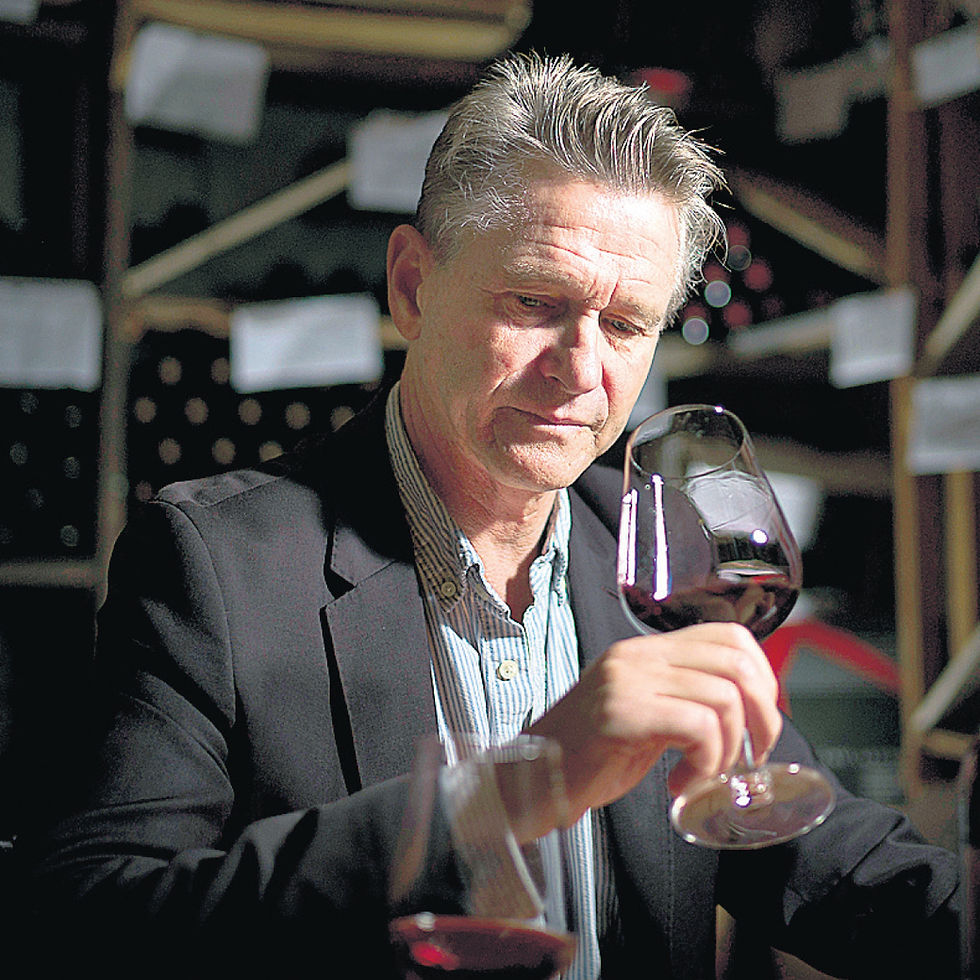Think Pink
- Muriel Lismonde

- Jun 10, 2014
- 5 min read

Think of rosé and many of us immediately dream of long lazy holiday lunches, warm, balmy days and barbecues al fresco.
This fruity beverage in its various hues of pink brings with it the promise of sun and fun synonymous with summer – though it can, of course, be enjoyed year-round; the perfect antidote to those Winter blues!
For me, rosé evokes memories of sitting by the sea in the South of France (not too far from our vineyard), enjoying the sunshine with friends and family while cracking open a bottle – or two – of this all too drinkable wine. Happy days – and I’m sure most who have been seduced by the anticipation of pleasure that rosé brings with it, would agree.
But it’s not always been the case. In France it could be said that rosé has traditionally been the less than attractive duckling that’s now grown into an elegant swan. In days gone by, le rosé would not be given table room in most discerning French homes. It was considered by many to be a relatively crude drink that lacked the finesse of its more respectable siblings – the classic reds and the whites that have long been entrenched in the roots of French wine heritage.
Thankfully, for all who now love the evocative lure of ubiquitous pink liquor, rosé is no longer the black sheep of the family. And when we were establishing our own vineyard, producing a delicious rosé was high on our wish list.
So what’s changed?
Until three or four years ago, when it came to harvest time, if red grapes were not considered to be of sufficient quality by the winemaker to make a good red wine, it was common practice to demote the fruit to make instead a simple rosé. Inferior in quality and considered suitable only for quenching thirst in the heat of the summer sun, rosé was the “poor branch” of the wine industry,
This has changed completely and there is now a wide choice of good rosé from many regions and countries, such as France, Spain, Italy, Austria, South America and England. These days, grapes are often selected specifically with a rosé blend in mind, with the same attention to quality and the production process that’s bestowed on the reds and the whites. The result has been a very marked improvement in taste, a wider selection and a significant hike in consumption, with prices for good rosé wines equivalent to quality red and white wines. Is rosé a drink for all seasons?
Of course. Rosé has the ‘feel good factor”. Pour into your glass and it suggests pleasure. At this time of year when we’re in the heart of spring, it’s great for lifting the spirits after winter and it brings with it a hint of summer to come. In France, rosé is still largely viewed as a summer drink, traditionally taken as an aperitif at home or enjoyed on the beach or poolside on a hot day.
How do I choose a good rosé?
Choosing a rosé from the label or bottle is not straight forward – there will be no indication of the production method used and the colour is not a reliable guide to sweetness and fruitiness, although blush wines do tend to be lighter and the deeper shades can be more full bodied and sweeter – but not always. The alcohol level can be a better guide – the higher the alcohol the more body in the wine. Rosé wines are not usually matured in oak; they should be easy drinking. A light pale pink doesn’t mean a lack of flavour and a dark raspberry colour is not always a guarantee of fruitiness. What food what would you recommend to be paired with rosé?
These quality wines will pair beautifully with al fresco summer aperitif and dining. Uncorking a bottle can unveil an exciting range of aromas and flavours from watermelon, grapefruit, lemon to most berries – cranberry, raspberry, strawberry and cherry. As a simple guide for pairing, it’s always helpful to revert back to the native area of a wine for a good match. As the Provence rosés are generally a safe bet, then opt for a “niçoise” salad or a bouillabaisse. Fish is always a good choice but you’ll find it’s also great with pizza, or barbecued meats and sausages It may not be the obvious choice, but rosé is also a good all year round for curries and other Asian-inspired food.
Tip: Rosé wines, with the exception of Champagne rosé should be drunk young, as a rule not over 3 years old and should always be served chilled.
Why are some wines blush and others a deeper red?
The depth of colour in a rosé is determined by the production process; the length of time the grapes remain in contact with the skin. At Tour de Belfort, like many vineyards that produce lighter rosé, we “press” our grapes as we do for our white wines. Vineyards producing darker rosés usually use what’s known as “the bleeding method”, where grapes are crushed and the skins left in the vat to macerate until the wine has reached the desired colour. These wines tend to be heavier and sweeter, whereas the “pressed” rosés are often lighter and fruitier. Price?
Rosé is no longer a cheap option. In the pursuit of quality, vineyards now produce rosé wines with the same dedication and care as their reds and whites and for a good rosé you can now expect to pay upwards of £10 a bottle.
Rosé is made with black-skinned grapes though some winemakers will choose different varieties for their reds and rosés.
In France, rosé wines from the Provence region are most popular. Strictly bound by the AOC Côtes de Provence Quality Charter they are considered to be the best and are made from the same grape varieties as their red wines: Grenache, Cinsault and Mourvèdre, with aromas of, for example, grapefruit, banana, strawberry and almonds. However the Languedoc region more to the West produces the light coloured “vin de sable” or “sand wine” rosé wines, which are often made from Cabernet Franc and Cabernet Sauvignon grapes. Some well-known rosé “Vins de Sable” or “Sand Wines” are from the Camargue area, but made from the Syrah, Carignan and Grenache grape varieties. At our Tour De Belfort vineyard we have chosen for our own rosé, Merlot for its fruity flavour and Syrah for a touch of spiciness.
There is a common misperception that rosés are a mix of red and white wines – but in France, other than in the Champagne region, this is illegal practice.




































Comments